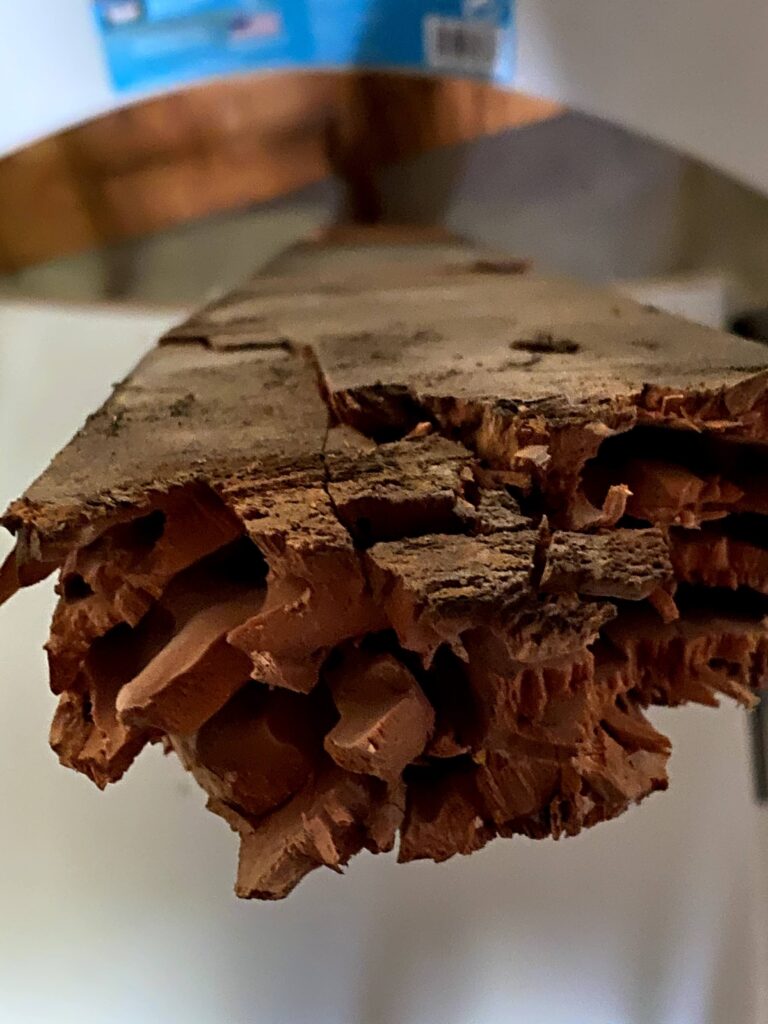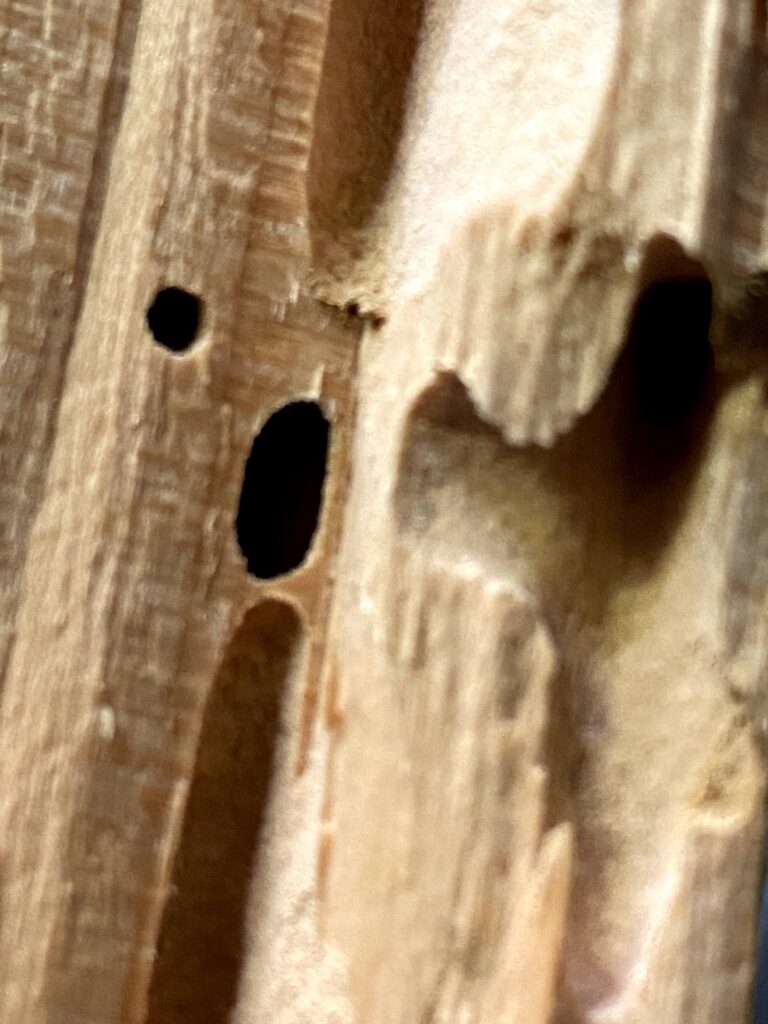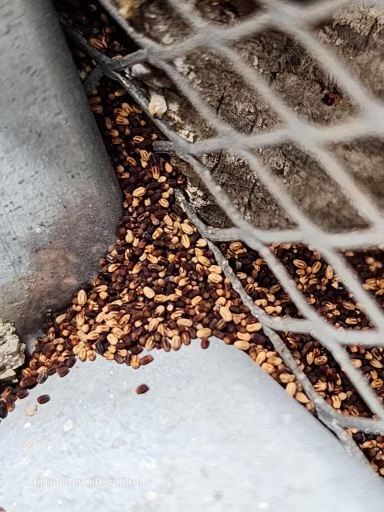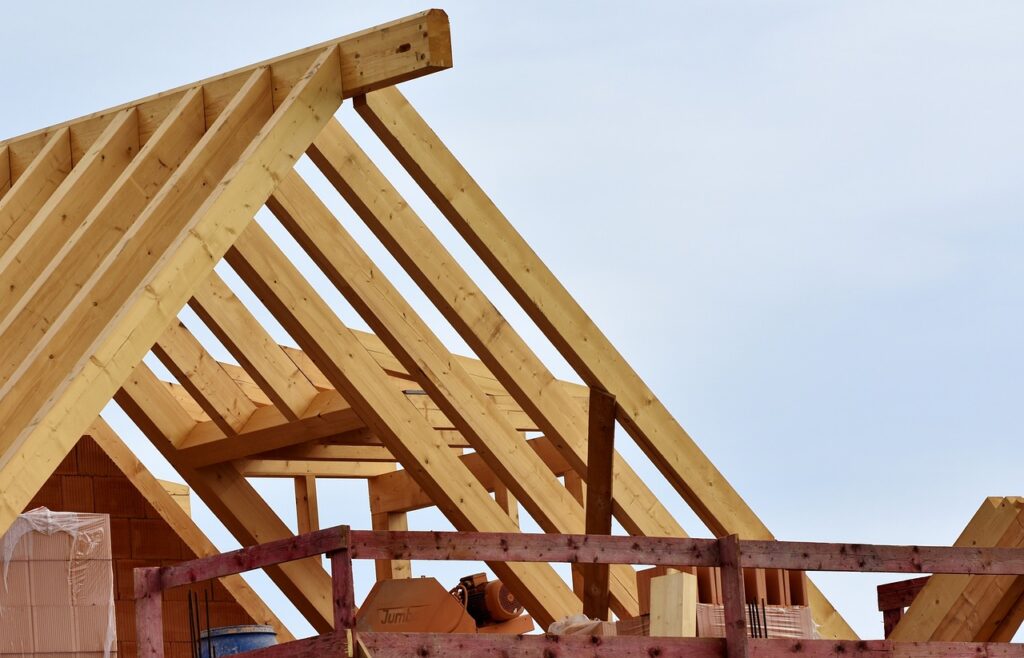Wood damage caused by termites can be a homeowner’s nightmare, leading to costly repairs and compromising the structural integrity of your home. Preventing termite infestations is crucial for preserving the beauty and strength of wooden structures. In this blog post, we’ll explore effective tips for termite control to help you safeguard your home and prevent wood damage.
Understand the Threat
To effectively prevent termite damage, it’s essential to understand the threat posed by these silent invaders. Termites feed on cellulose found in wood and other plant materials, making your home’s wooden structures a prime target. Recognizing the signs of termite activity, such as mud tubes, damaged wood, and swarmers, is the first step in proactive termite control.



Schedule Regular Termite Inspections
Regular termite inspections are a crucial component of effective termite control. Professional inspectors can identify early signs of termite activity, allowing for prompt intervention before significant wood damage occurs. Schedule annual inspections, especially if you live in an area prone to termite infestations, to stay ahead of potential problems.
Address Moisture Issues
Termites are attracted to damp or moist environments. Addressing moisture issues around your home is a proactive measure to deter termite activity. Fix leaking pipes, ensure proper drainage, and improve ventilation in areas prone to high humidity. A dry environment makes your home less appealing to termites.
Use Termite-Resistant Materials
When building or renovating, consider using termite-resistant materials for wooden structures. Treated wood or materials with natural termite resistance, such as cedar or redwood, can provide an added layer of protection. Discuss termite-resistant options with your contractor to make informed choices for your home.
Create Physical Barriers
Physical barriers can be effective in preventing termites from accessing your home’s wooden structures. Install termite shields or barriers made of metal or other materials to block termite entry points. Ensure that these barriers are properly installed during construction or retrofitting projects.
Maintain a Protective Perimeter
Maintain a protective perimeter around your home by keeping vegetation, mulch, and soil away from the foundation. Termites often use plants and soil as bridges to reach wooden structures. Create a clear space to reduce the risk of termite access and make regular inspections of this perimeter part of your termite control routine.
Consider Termite Treatments
Chemical treatments, such as soil-applied termiticides, can be an effective line of defense against termites. Consult with a professional pest control expert to determine the most suitable treatment options for your specific situation. Regularly reapply treatments as needed for ongoing protection.
Preventing wood damage caused by termites requires a proactive and multifaceted approach. From regular termite inspections to addressing moisture issues, using termite-resistant materials, creating physical barriers, and considering treatments, these tips collectively contribute to effective termite control. By taking these preventive measures, you can protect your home from the silent destruction of termites and ensure the longevity of your wooden structures.

